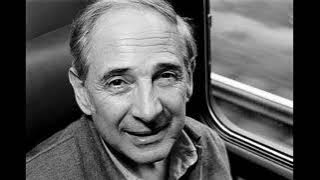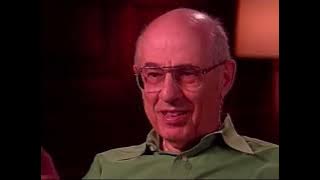Computability theorists | Philosophers of mathematics | Model theorists
Alfred Tarski
Alfred Tarski (/ˈtɑːrski/, born Alfred Teitelbaum; January 14, 1901 – October 26, 1983) was a Polish-American logician and mathematician. A prolific author best known for his work on model theory, metamathematics, and algebraic logic, he also contributed to abstract algebra, topology, geometry, measure theory, mathematical logic, set theory, and analytic philosophy. Educated in Poland at the University of Warsaw, and a member of the Lwów–Warsaw school of logic and the Warsaw school of mathematics, he immigrated to the United States in 1939 where he became a naturalized citizen in 1945. Tarski taught and carried out research in mathematics at the University of California, Berkeley, from 1942 until his death in 1983. His biographers Anita Burdman Feferman and Solomon Feferman state that, "Along with his contemporary, Kurt Gödel, he changed the face of logic in the twentieth century, especially through his work on the concept of truth and the theory of models." (Wikipedia).




















